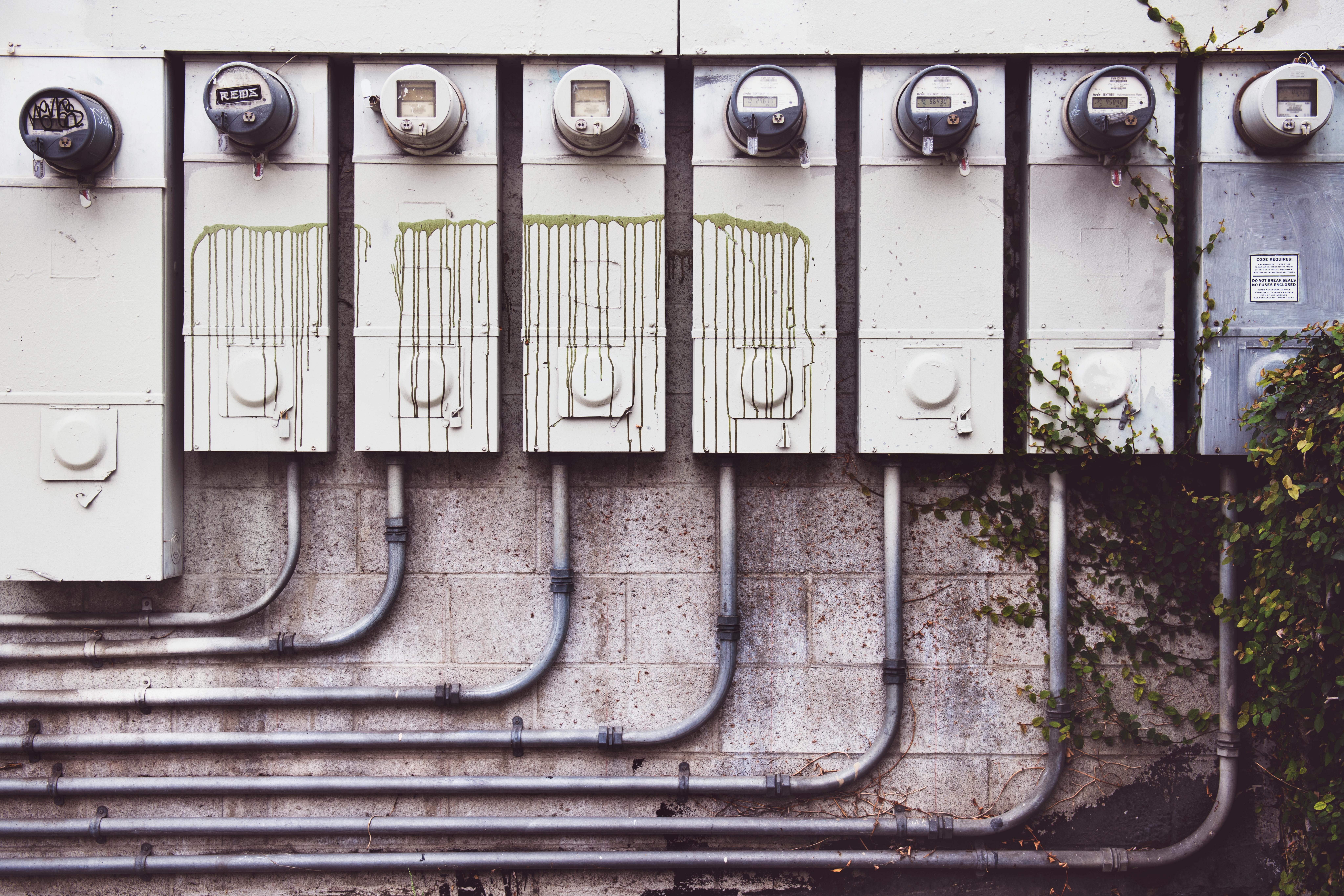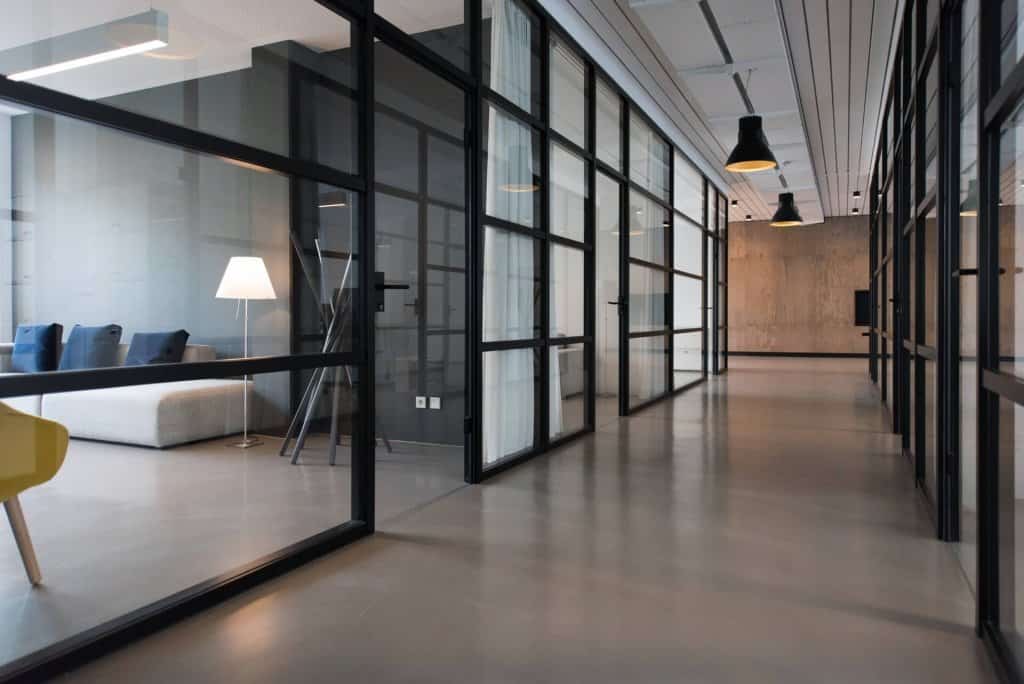Does Florida Have Bad Air Quality?
Poor air quality has been proven to increase the risk of respiratory illnesses and even cancer. According to the World Health Organization (WHO),...
Floor, wall and ceiling mounted to meet your unique project design.
4 min read
Joe Hullebusch : Dec 28, 2020 12:00:00 AM

Between work, home, and going out, the average American spends about 90% of their time inside.
Although it might seem logical that indoor air quality (IAQ) is better than outdoor air quality, it’s actually the opposite. According to the Environmental Protection Agency, pollutant levels are often two to five times higher inside than outside. Primary culprits include combustion appliances, outdoor air pollutants, and traditional HVAC systems.
While reports show that outdoor air quality is improving in Florida overall, many larger cities like Miami, Orlando, and Jacksonville are struggling to keep pollutants to a minimum due to the large quantity of vehicles and industrial facilities.
In these cities (or any city for that matter) it’s important for building owners to focus on improving indoor air quality in Florida for public health purposes.
Poor indoor air quality can pose a serious health risk to anyone who spends their time inside a building. Studies have linked IAQ to a host of adverse health effects, including:
Additionally, poor indoor air quality can have a major impact on businesses as well (also known as sick building syndrome). Studies have shown that sick building syndrome has a negative affect on employees and can hinder business efficiency.
When employees don’t feel well, they can’t perform as well - they are more distracted, more irritable and less productive. Absenteeism goes up when employees are feeling ill and it may take them longer to recover after they leave the building.
A building with poor air quality can also significantly increase the risk of employees developing major health issues, such as cancer, pneumonia and Legionnaires' disease.

According to the National Institute for Occupational Safety and Health (NIOSH), there are five primary sources of indoor air pollution:
After more than 500 indoor air quality assessments, experts found that over 50% of poor indoor air quality cases were caused by inadequate ventilation, which poses a serious environmental risk.
This is especially problematic in hot, humid areas like Florida, where outdoor conditions are not ideal for open windows - and where air conditioners are running all year long.
Modern buildings are designed to be energy efficient. They’re airtight to prevent cool air from escaping, reducing the HVAC system workload. While this might boost energy efficiency, it doesn’t allow fresh air to enter the building whatsoever.
Without adequate ventilation, polluted air continuously recirculates throughout the building. As more contaminants enter the air, air quality worsens until it eventually results in sick building syndrome.
Humidity levels can also play a major role for Florida indoor air quality. Humidity creates dampness, which in turn creates mold. Mold spores spread through the air and can severely reduce IAQ.
Taking into account that Florida has an average relative humidity of a whopping 74.5%, it’s definitely an aspect to consider for indoor air quality monitoring in Florida.
While there’s no official regulation for indoor air quality in Florida, there are several codes in place to help ensure residents and employees can live and work in a safe environment. There aren’t regular inspections, but building owners can be fined if a violation is reported to the Florida Department of Health.
Since it’s one of the most significant causes of poor indoor air quality, most Florida building codes and indoor air quality codes are focused on mold and mold removal. All mold, regardless of type, should be removed from a building as soon as it’s discovered:
A licensed mold inspector can perform an indoor air quality assessment / mold assessment and analyze your building for various contaminants that might affect your health, including:
If they identify any substances hurting your indoor air quality during the mold inspection, your inspector will be able to provide suggestions regarding the next steps you need to take.
Taking into account that Florida has an average relative humidity of a whopping 74.5%, it’s definitely an aspect to consider for indoor air quality monitoring in Florida.
Since most indoor air quality issues stem from an HVAC system’s inadequate ventilation, the best thing building owners can do is attack the problem at the source. Replace your traditional HVAC with a system that’s focused on enhancing indoor air quality like an underfloor air distribution system (UFAD).
With a traditional HVAC system, conditioned air and old contaminated air are transported through the same ducts. This contaminates new air and recirculates pollutants throughout the space.
A UFAD system is different. It introduces conditioned air at the floor level and vents old air at the ceiling. With the old and new air separated, contaminants are effectively removed from the space, increasing air quality.
In addition to boosting air quality, a UFAD system can bring a range of other benefits to your building and those who work inside it, including:
If you’re looking to create a healthier space for your tenants, reach out to the experts at AirFixture to learn how a UFAD system will benefit your building.
We’ve worked with businesses and builders all over the world, creating customized UFAD solutions to fit their needs. Ensure that your tenants don’t work and live in unsafe conditions by upgrading the air quality in their environment.
Contact us today for the right underfloor air distribution system for you.

Poor air quality has been proven to increase the risk of respiratory illnesses and even cancer. According to the World Health Organization (WHO),...

So you’ve decided that you want to prioritize your health by cleaning that dirty air in your home or office - but you don’t want to rack up your...

Whether you’re an engineer searching for the best way to regulate the air in an office building or a homeowner having to replace an HVAC unit,...